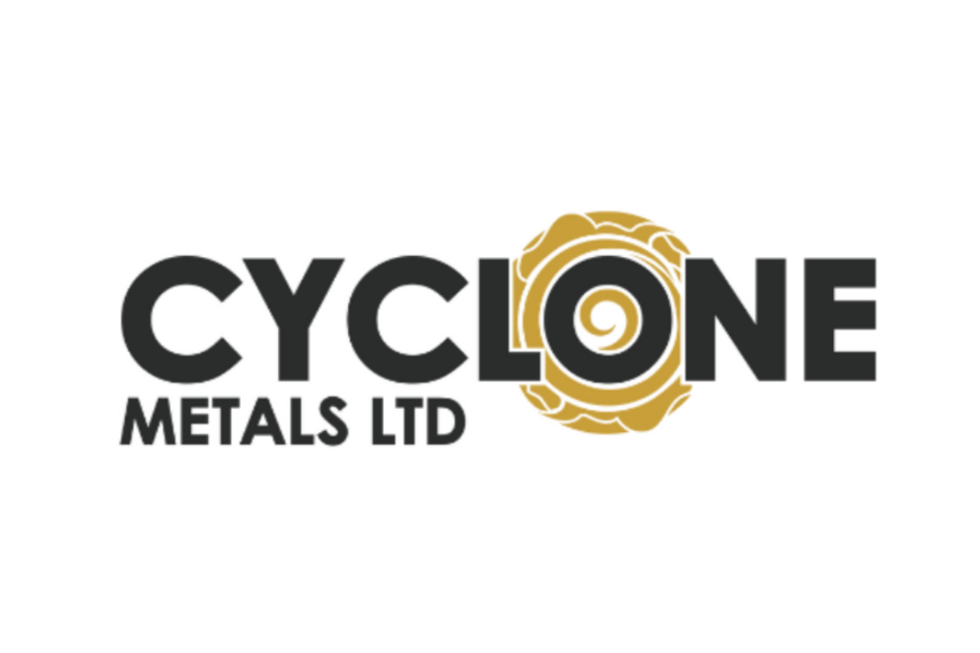- AustraliaNorth AmericaWorld
Investing News NetworkYour trusted source for investing success
- Lithium Outlook
- Oil and Gas Outlook
- Gold Outlook Report
- Uranium Outlook
- Rare Earths Outlook
- All Outlook Reports
- Top Generative AI Stocks
- Top EV Stocks
- Biggest AI Companies
- Biggest Blockchain Stocks
- Biggest Cryptocurrency-mining Stocks
- Biggest Cybersecurity Companies
- Biggest Robotics Companies
- Biggest Social Media Companies
- Biggest Technology ETFs
- Artificial Intellgience ETFs
- Robotics ETFs
- Canadian Cryptocurrency ETFs
- Artificial Intelligence Outlook
- EV Outlook
- Cleantech Outlook
- Crypto Outlook
- Tech Outlook
- All Market Outlook Reports
- Cannabis Weekly Round-Up
- Top Alzheimer's Treatment Stocks
- Top Biotech Stocks
- Top Plant-based Food Stocks
- Biggest Cannabis Stocks
- Biggest Pharma Stocks
- Longevity Stocks to Watch
- Psychedelics Stocks to Watch
- Top Cobalt Stocks
- Small Biotech ETFs to Watch
- Top Life Science ETFs
- Biggest Pharmaceutical ETFs
- Life Science Outlook
- Biotech Outlook
- Cannabis Outlook
- Pharma Outlook
- Psychedelics Outlook
- All Market Outlook Reports

A look at the iron price forecast for the remainder of the year and what to expect going into 2016.
For investors hoping that the iron ore outlook will be brighter in the coming year, this might be where you navigate away from the page.
However, for those brave enough to face the cold, hard facts, there’s no denying that iron prices are honing in on a third straight year of declines and analysts aren’t expecting the iron price forecast to look up any time soon.
Looking back, the steel-making metal has fallen 80 percent since its 2011 high of US$191.70, and over the last year the iron price has fallen almost 27 percent. In early November, the iron ore price edged towards a 10-year low, as China’s dire steel-making industry raised flags that demand might not be strong enough to take all the iron ore Australia is looking to sell. Now, as December moves into its second week, prices have edged down further, sinking below $US40 to $39.06 per tonne.
Why is the iron ore market in dire straits?
Speaking to The Weekend Australian in late November, Braemer ACM director, Peter Malpas commented on the state of China’s iron demand, noting that he had “always said West Australian producers could sell every tonne of iron ore to China — the question is just at what price.” Unfortunately, “the signs in the last few months are that this may no longer hold true, and the fact we are seeing iron ore prices themselves so low at the moment also indicates that.”
As China’s economy worsens, so does its industrial sector. To compensate, Chinese steel mills are shedding their iron ore stocks at a loss in order to create some cash flow, according to Reuters. The news outlet highlighted that “the sale of port inventories is deepening a rout in iron ore prices.”
Meanwhile, the continued flood of supply by industry giants like Rio Tinto (ASX:RIO,NYSE:RIO,LSE:RIO), Vale (NYSE:VALE) and BHP Billiton (ASX:BHP,NYSE:BHP,LSE:BLT) continues to impact the market as well.
At the end of the third quarter, Australia’s Department of Industry, Innovation and Science released its Resources and Energy Quarterly report, speculating that “[i]ncreasing supply, predominantly from Australia, is forecast to drive prices down in 2015 and 2016 in the seaborne market. Over the medium term prices are projected to rebound as higher cost producers exit the market and world steel production growth rebounds.”
Iron price forecast: 2016 and onward
Iron price forecasts moving into 2016 are not stellar. However, according to the Sydney Morning Herald, analysts are not in agreement as to how long the market will be in decline.
Daniel Morgan, an analyst with UBS, is not quite certain what the bottom will be for the commodity, though, he sees $US30 as a sustained price point. Morgan states that “faltering Chinese demand for steel was the major driver of the current bear market,” adding that “[i]mminent rate rises in the US – boosting the US dollar, in which commodities was iron ore was priced – was a secondary factor.”
Likewise, ANZ’s Mark Pervan sees iron ore prices being the weakest in the first quarter of the new year. “This will be the shake-up the industry is looking for,” he said. “It’s probably going to happen in the first quarter, possibly the second quarter. I can see steel mills holding out to the Chinese New Year, taking holidays, and then not coming back.”
According to the Department of Industry, Innovation and Science, the price of iron is expected to fall a further 3 percent in 2016, to average US$51. “China’s steel production is forecast to contract further in 2016 while an additional 42 million tonnes of iron ore is forecast to be delivered to the seaborne market,” the department stated. “While some high cost iron ore producers are likely to be forced to close; falling steel production in key producing regions (such as China and Japan) and a net increase in the supply of iron ore is expected to keep downward pressure on prices in the seaborne market in the short term.”
BMI Research said it also expects the iron price to drop further next year, as new projects such as Roy Hill come online and begin full production, as per Australian Mining. The research firm put out a report that told investors to expect iron ore to drop to the US$45-$55 range in 2016, noting that the weak demand growth in China and a strong US dollar will also contribute to the price suppression.
Still, some experts remain hopeful of a turnaround next year. Vishnu Varathan, senior economist at Mizuho Bank in Singapore, told Reuters that he sees a recovery towards the third quarter of 2016 as most of China’s infrastructure projects get underway.
Prestige Economics President Jason Schenker also sees the iron price picking up in 2016, mainly related to what happens in China. He told Business Day Live that his firm expects a weaker yuan to support steel exports as China steps up stimulus efforts and further cuts interest rates.
“China’s going to need to do more economic stimulus,” he told the publication. “If they do monetary stimulus, the currency weakens. If the currency weakens because of the monetary stimulus, the exports will rise further.” He expects iron ore prices to trade between $58 and $68 per tonne in 2016.
Securities Disclosure: I, Vivien Diniz, hold no direct investment interest in any company mentioned in this article.
Related reading:
Iron Outlook 2015: Hope in Expensive Toys
Iron Ore Market: Oversupply Continues to Hurt Iron Ore Price
Outlook Reports
Featured Base Metals Investing Stocks
Browse Companies
MARKETS
COMMODITIES
| Commodities | |||
|---|---|---|---|
| Gold | 2401.43 | +21.50 | |
| Silver | 28.57 | +0.33 | |
| Copper | 4.47 | 0.00 | |
| Oil | 85.45 | +2.72 | |
| Heating Oil | 2.63 | +0.08 | |
| Natural Gas | 1.78 | +0.02 | |
Investing News Network websites or approved third-party tools use cookies. Please refer to the cookie policy for collected data, privacy and GDPR compliance. By continuing to browse the site, you agree to our use of cookies.
